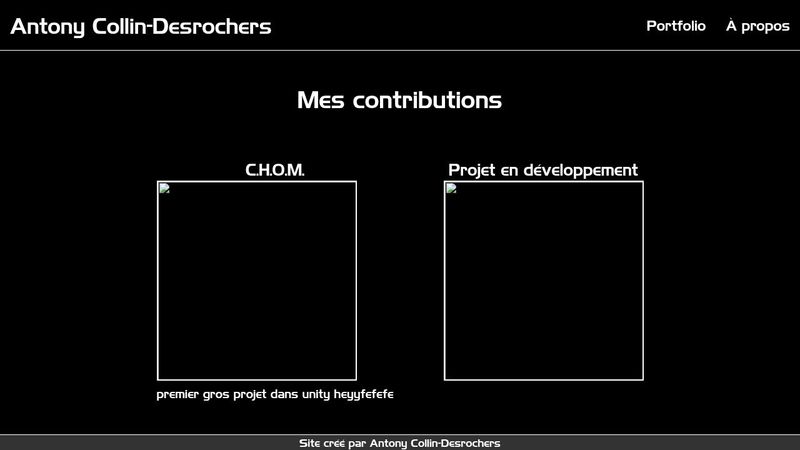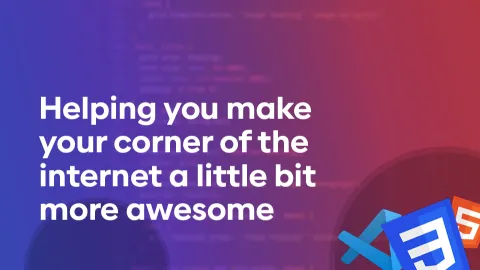Want text to wrap when larger than parent
https://codepen.io/Antony-Collin/pen/WNYejKZ
So I want the text underneath the .game spans to go underneath itself when it's larger than the container. I guess I need to have a fixed width to it's parent, but I don't want to hardcode a fixed width, is there another solution ?
So I want the text underneath the .game spans to go underneath itself when it's larger than the container. I guess I need to have a fixed width to it's parent, but I don't want to hardcode a fixed width, is there another solution ?


